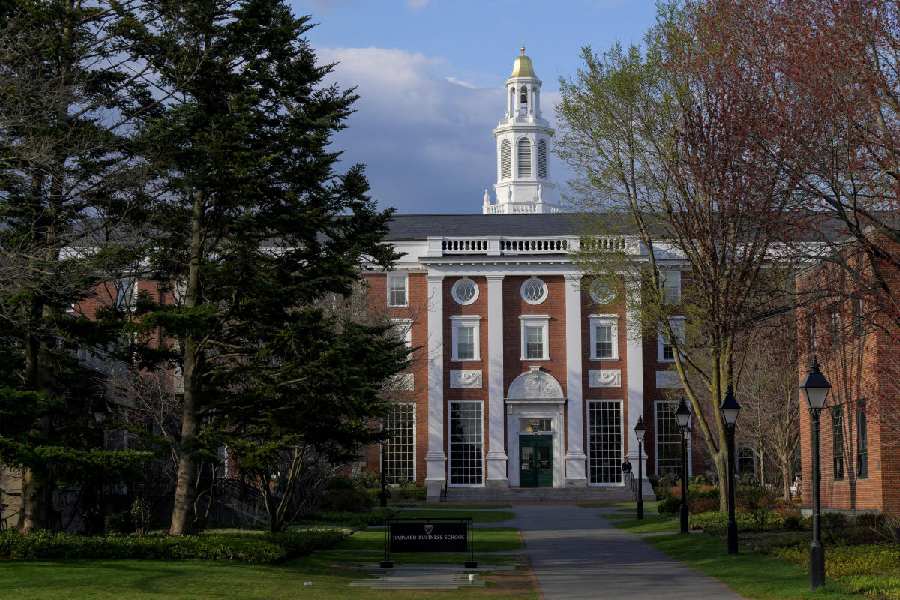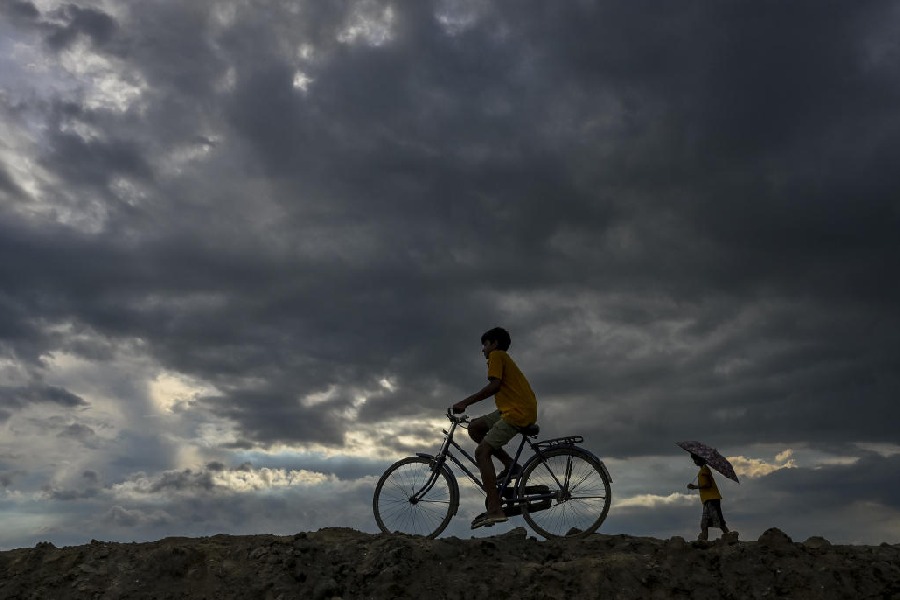| IF ONLY THIS BABY COULD HAVE BEEN SAVED |
 |
| The elephant calf hit by a train at Pancharatna in Goalpara district on Sunday evening, succumbed to its injuries at the Mobile Veterinary Services Centre at Choraikhola in Kokrajhar on Tuesday. The one-and-a-half-year-old male calf was crossing the tracks when a train hit it. The critically injured calf was taken to the centre run by the International Fund for Animal Welfare — Wildlife Trust of India in Choraikhola on Monday for treatment. Text by our correspondent and picture by UB Photos |
| Kaziranga corridors identified by Dispur |
| Kanchanjuri-Burapahar: 4km |
| East Haldibari-Bagori: 2.82km |
| Borjuri-Panbari: 4.40km |
| Burapahar-Deosur Nala: 2.5km |
| Additional corridors, canopy bridge for hoolock gibbons (identified by ministry of environment and forests) |
| Amguri East: 300m |
| Amguri West: 1km |
| Gibbon crossing near Kukrakata |
Guwahati, Feb. 18: The Union ministry of environment and forests has recommended construction of flyovers on the stretch of National Highway 37 that passes through Kaziranga National Park in a bid to protect wildlife.
The six-member committee, in its report submitted to the National Green Tribunal (NGT) today, said the increasing volume of traffic would soon render ineffective speed limits such as rumble strips, humps and barricades, put up to protect animals from being hit by vehicles.
“These measures, in fact, increase the time spent on road by vehicles thus increasing chances of a hit by reducing the distance between two consecutive vehicles and increasing the barrier effect. It is not the road which acts as a barrier, it is the volume of traffic on roads. On an average, there has been a seven per cent increase in traffic on NH 37 in the past three years. If it continues to increase like this, the existing measures shall not be effective. Therefore, the committee strongly recommends flyover bridges for vehicles,” the report said.
The Assam government had submitted a proposal for long-term measures to be undertaken for protection of wildlife based on the directions of the National Green Tribunal.
The National Tiger Conservation Authority had constituted a committee in December last year to review the proposal, suggesting measures for wildlife conservation with reference to NH 37.
The committee members undertook a field visit from January 10-16, during which they interacted with officials of the national highway division of Assam PWD, of the forest department and representatives of NGOs working for wildlife conservation.
The pattern of wildlife collision on NH 37 along Kaziranga can be distinguished in two periods — rainy season and rest of the year.
During the rainy season (June-August which sometimes prolongs till September/October), flooding forces animals to move southwards towards higher elevations to escape floods. The NH 37, placed parallel to the southern boundary of Kaziranga, provides a linear raised ground for immediate shelter.
During the rest of the year, road-related mortalities occur when the natural urge of animals for movement takes them to neighbouring habitats in search of food and other life processes.
The committee report says the design proposed by engineers, who have recommended 10m-high flyovers, seems to be reasonable, considering the wildlife of the area. However, at some places there is a need for realignment to reduce disturbance and ease animal movement during the construction phase.
“In order to have safe passage for animals through proposed crossing structures and to reduce conflict while crossing, there is need to secure the land across the park area. At present, there are human settlements adjoining the road at Burapahar–Deosur Nala corridor.
The growth of this settlement in the near future will hinder the movement of animals across the landscape. There is linear growth all along NH 37 and the government needs to arrest this development for the well-being of the animals along all the proposed corridors,” the report says.
The committee has suggested effective traffic management on this road, especially during the monsoon, to safeguard the movement of animals across the landscape till flyovers are constructed.
The next hearing by the National Green Tribunal has been listed on March 20.










